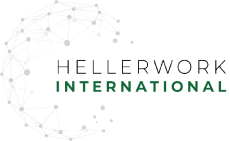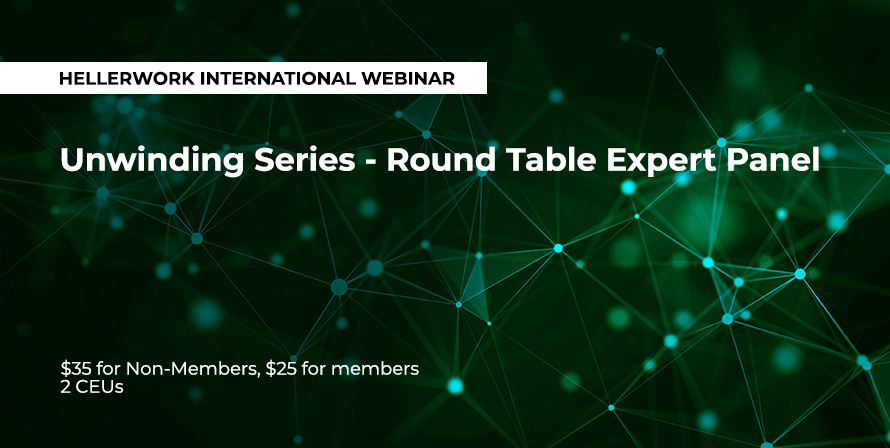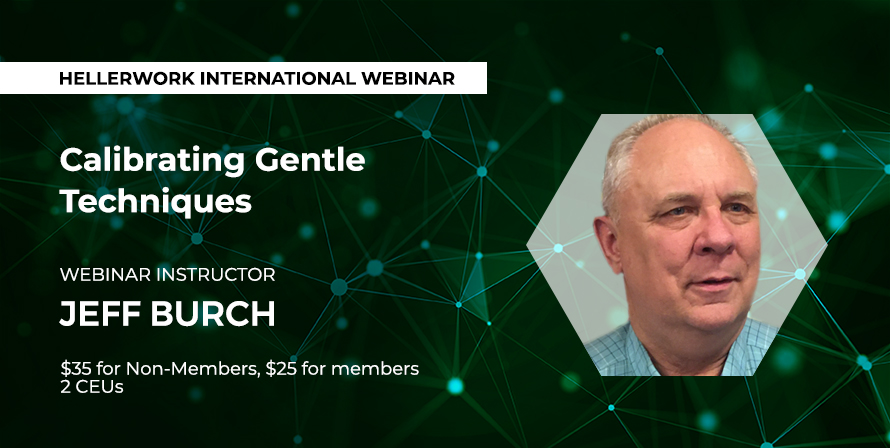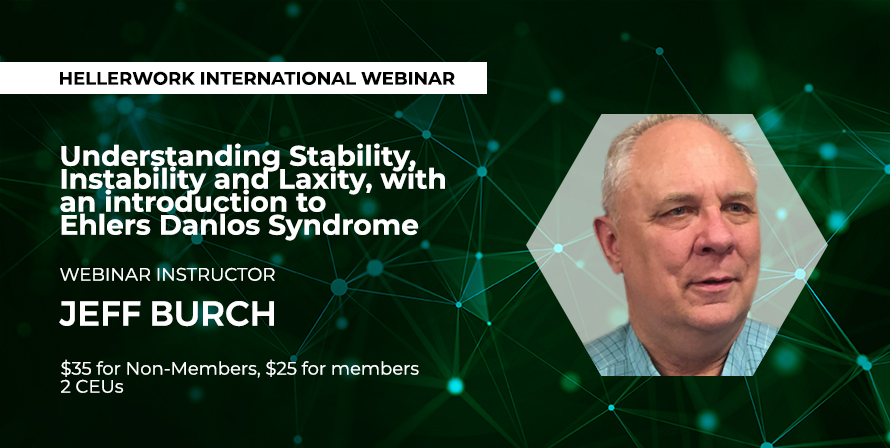Hellerwork International is pleased to make these live webinars available for your review and earning of continuing education credits. The webinars below are listed in alphabetical order by the presenter’s last name. Webinars are 2hrs each and upon completion and post-test a completion certificate showing 2 CEUs will be sent to you by email. Please reach out to us at admin@hellerwork.com for any questions or support.

Jeffrey Burch starts sharing about Intuition by looking at one of the sometimes overlooked or skills not talked about, Intuition. As Structural Integration Practitioners we have been given lessons and training in many skills: the series as a framework to follow, seeing, assessment in stillness and movement, how to take in information from the client’s history, and palpation to name a few. This presentation will focus on looking into learning more about your unique form of intuition, tools to help hone it, and use it in your practice.
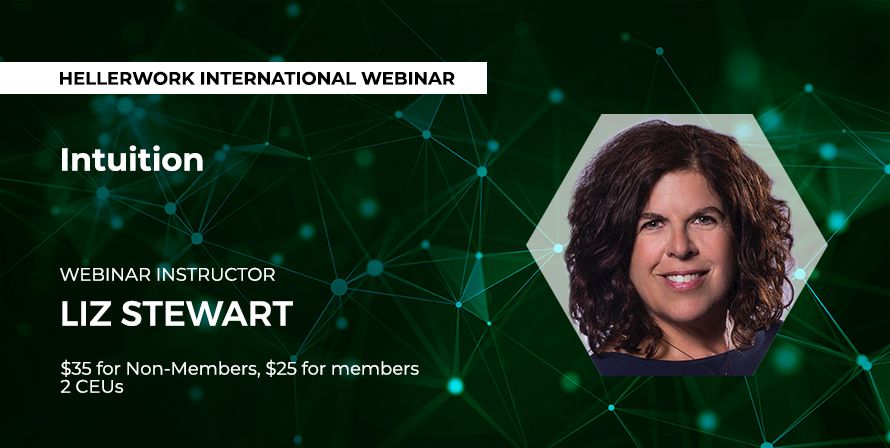
Join Liz Stewart bridges intuition and relationship through an experiential webinar. The exercises will allow you to cultivate, discover, refine, and mostly enjoy any messages your body can give you. You will build an understanding of how time, space, and support impacts our intuition, as well as, how feelings of insecurity can tie into your intuition and build confidence.
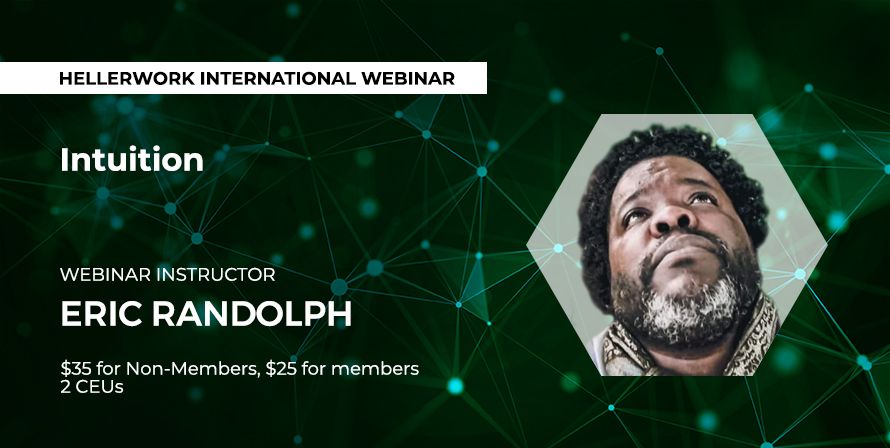
Tai Chi Master Eric Randolph presents: “Qi, The Womb of Intuition.” In this webinar you will learn more about: Qi the sixth sense, the breath and its machinations to the limitless sensory perception, planetary technology of the bioelectrical field and it’s enhancement through Qi practices, andintuition, the mother of conscious pattern correlation and synchronicity.
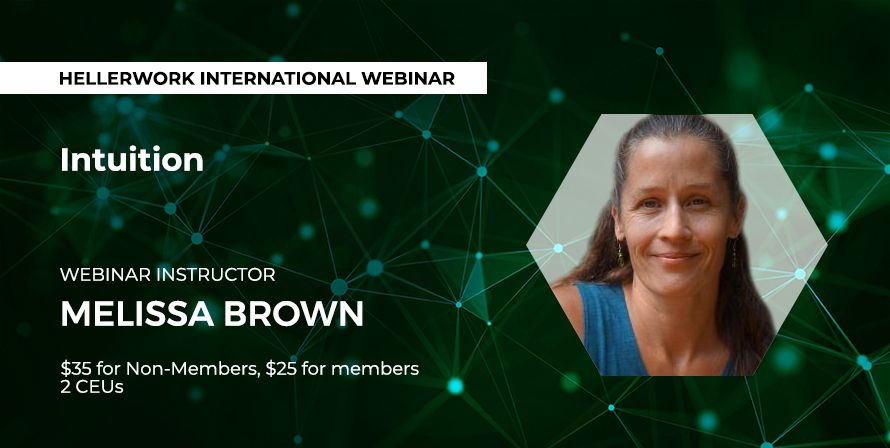
Melissa Brown presents “Listening to the whispers: Exploring Intuition through the lens of the Nervous System” As the journey unfolds you will learn to: deepen your felt sense of your nervous system, experience intuition through the nervous system in embodiment practices and explore means of slowing down to hear the whispers.

For over 50 years Mary has practiced various types of moving meditation—engaging the body in the meditative process. Her hunch is that a combination of quieting the mind while allowing the body free play has nourished the capacity for inner knowing. She’ll share some sensory and movement explorations, with simple “before and after” checks to see whether something comes of time spent deepening your sensory impressions.
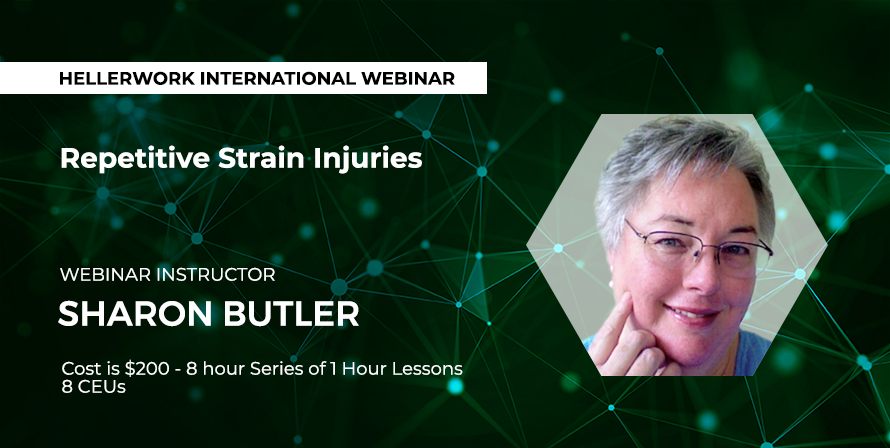
Repetitive Strain Injuries are exploding worldwide for anyone who uses their hands and arms in their work, sports, or hobbies. The extensive use of hand-held devices has led to injuries for all age groups, leading to pain, numbness, loss of work, and inability to perform the normal activities of daily living. Finding natural, drug-free, effective solutions for these injuries can make all the difference for someone experiencing pain and disability from a repetitive strain injury.
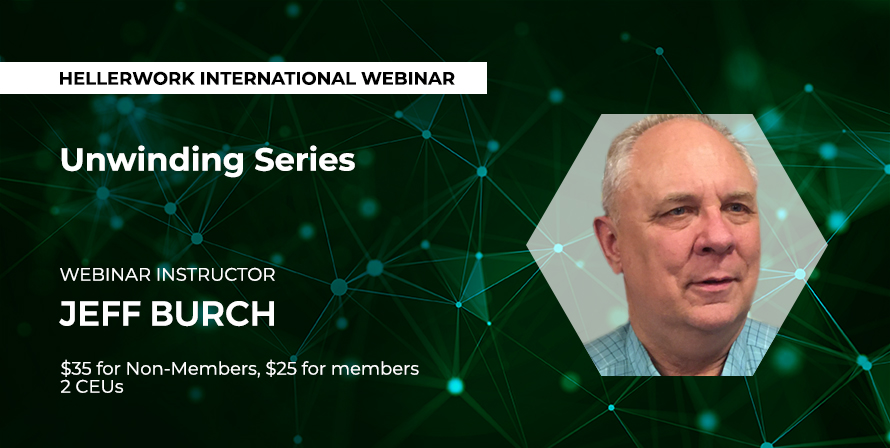
In this webinar, Jeffrey will first describe unwinding in its simplest form, followed by several kinds of variations, including applications of unwinding to various parts of the body and tissue systems, ways in which the unwinding process can get stuck, and how to get it moving again.
One of the dimensions in which the many treatment methods used by manual therapists differ is how direct the therapist is with the tissue. In its essential form, unwinding is among the least direct. Jeffrey will present three slightly more direct variations of unwinding.
While unwinding is a technique by itself, it is also an essential component of specific other treatment methods. Jeffrey will describe some of these different treatment methods and the place of unwinding within them.
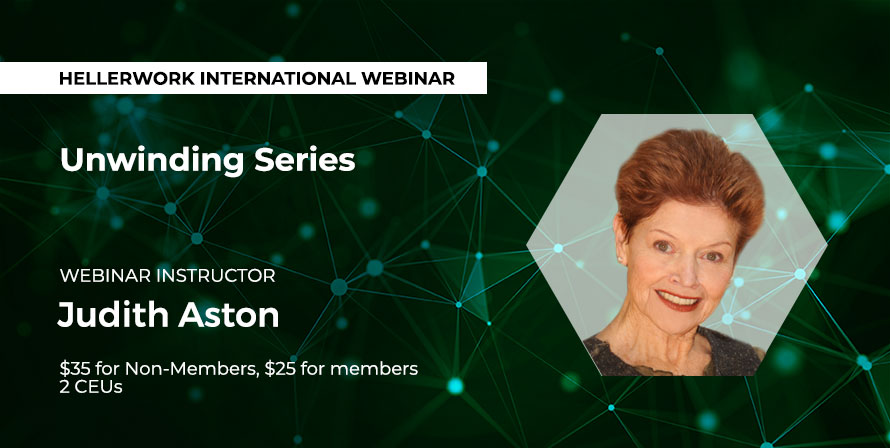
Aston Kinetics teaches a concept called “matching what is” as a major factor in unwinding . The body is asymmetrical anatomically, and from history, usage and ideology. We need to respect that the system negotiates these results and tries to reorganize itself back around a midline which affects all the structure and function. If thees results are not neutralized they could become life long consequences.
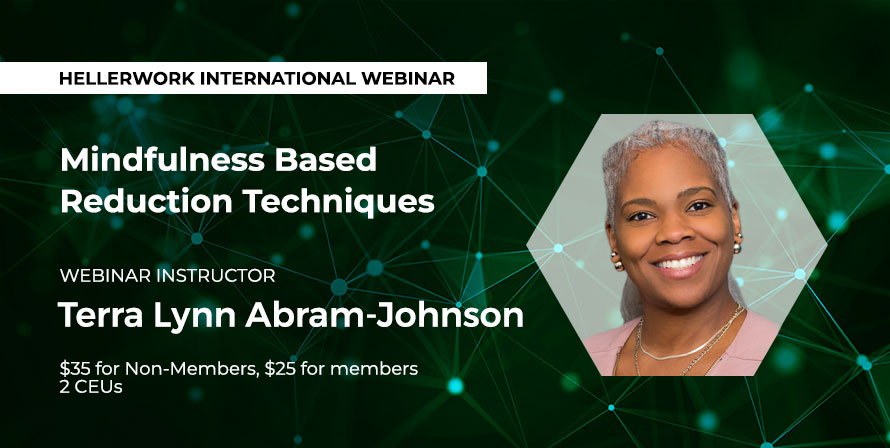
The techniques taught in MBSR help train your attention to help you cultivate self-awareness, which allows you to make more fully reasoned out and wise decisions in your day-to-day life. The training will help participants incorporate mindfulness into daily routines, which will also help one be more aware of the present and focus on it. These strategies help one to respond to stress, rather than reacting to it.
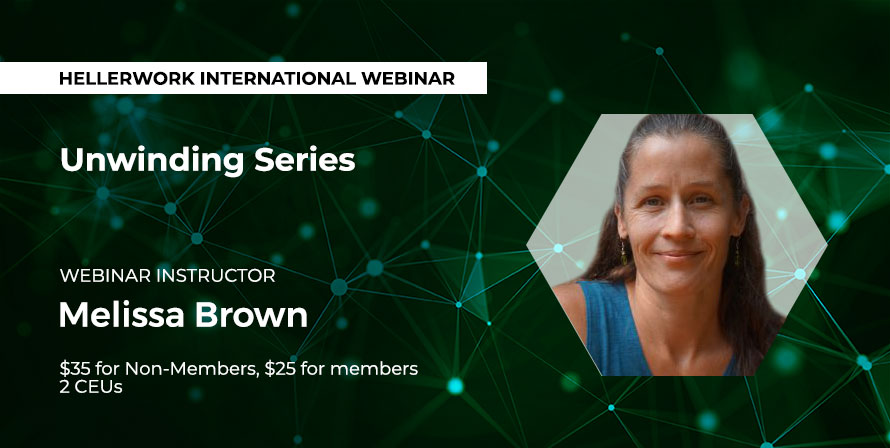
This webinar will explore the nervous system and the basic principles around getting into the parasympathetic ventral vagal zone while using the unwinding practice. You will learn more about dropping into this zone, allowing your clients to co-regulate with your own, and deepening the unwinding process.
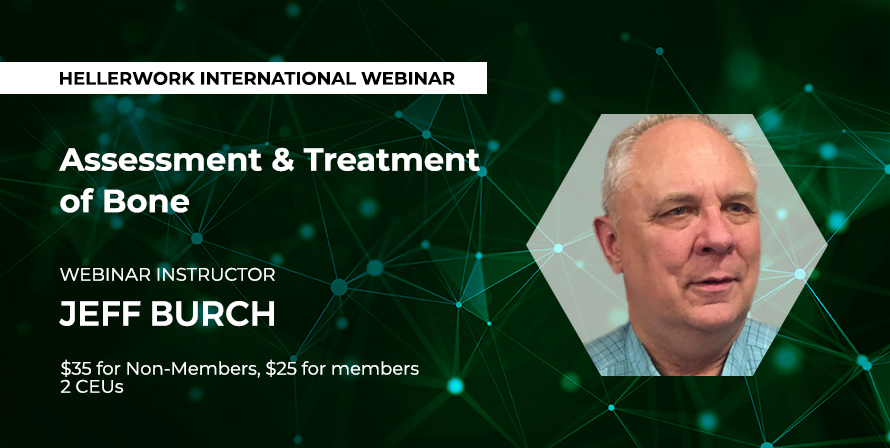
Bone is also connective tissue fully continuous with the whole of the interstitium. This webinar presents methods to assess bone, and to treat bone in the context of structural integration.Bone is also connective tissue fully continuous with the whole of the interstitium. This webinar presents methods to assess bone, and to treat bone in the context of structural integration.
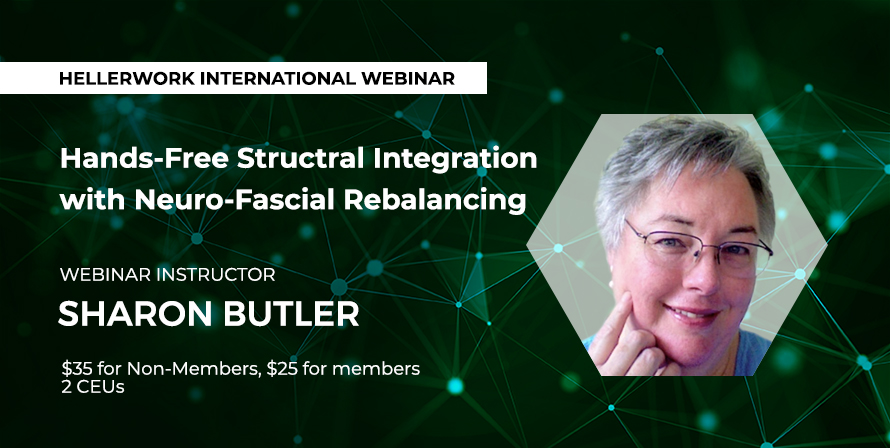
Neuro-fascial rebalancing is a hands-free 10-second technique that allows the client to find and gently release adhesions and strain patterns found along entire lines and planes of fascia in a single session. This technique is a blend of Structural Integration with Yoga, Hanna Somatics, Cranio- Sacral Therapy, Trager, and Emilie Conrad Daoud’s Continuum Movement, along with enhanced proprioception and interoception creates a rapid and effective method of restoring tissue to a more normal state.
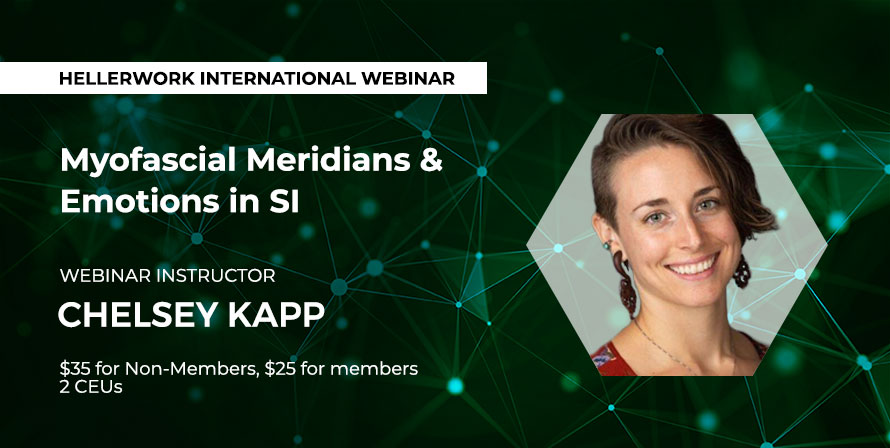
The Meridians of Traditional Chinese Medicine (TCM) offer Structural Integrators a powerful, complementary framework for understanding and treating their clients on deeper levels. In this introductory class, which is part lecture, part movement, we will have a brief overview of the 12 Principal Meridians followed by a more in-depth look at how a few of these meridians might guide our SI work.
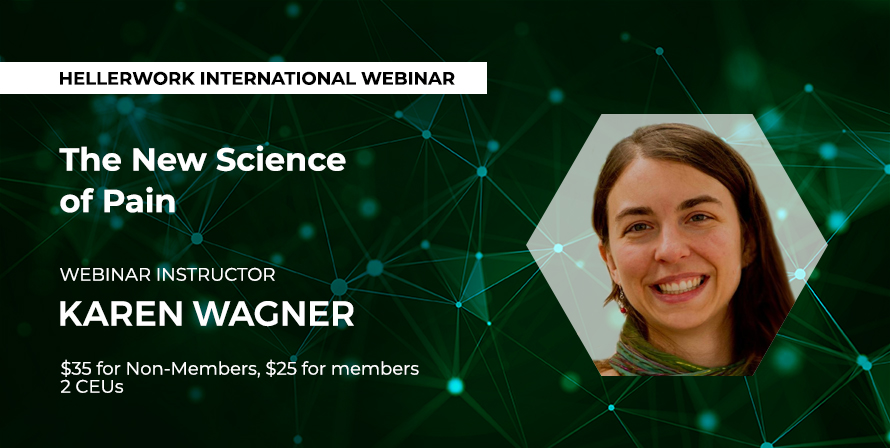
The nervous system strongly influences how much pain we experience. Pain does not mean there is damage to the tissue. It means the brain wants you to be careful and pay attention! The mechanism for pain is more complicated than you might think. We will cover the science in simple terms, then experience how we can apply this information for our own body care.
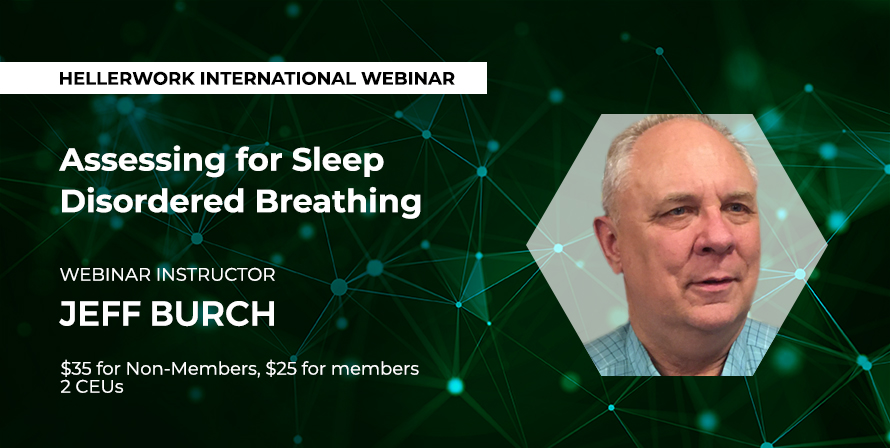
Twenty percent of the population has some form of Sleep Apnea or closely related conditions. The proportion of people with SDB among those with chronic pain is much higher. The signs of SDB are quite variable and often subtle. Learning to assess for and recognize these signs leads to appropriate referral and potential treatment.
